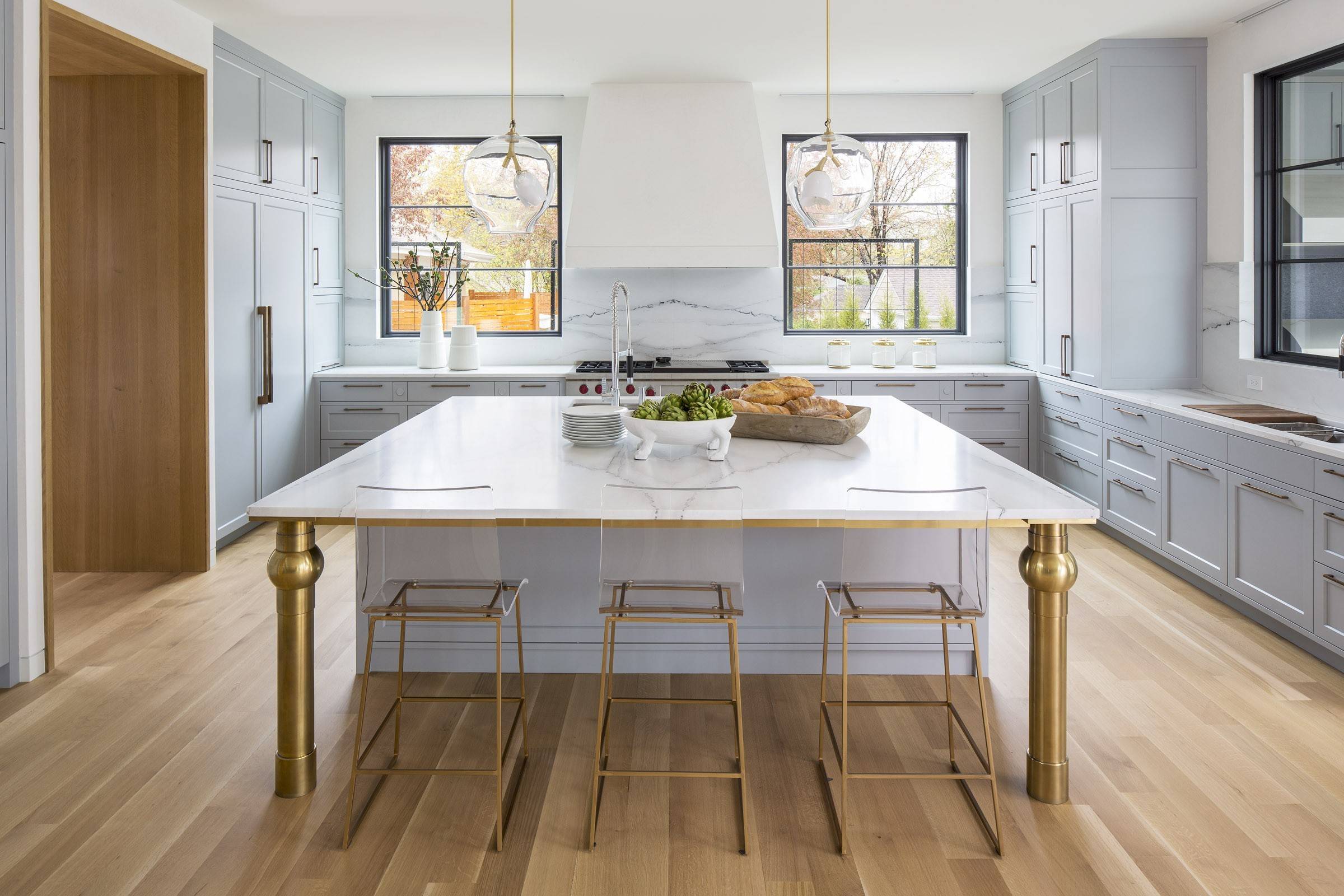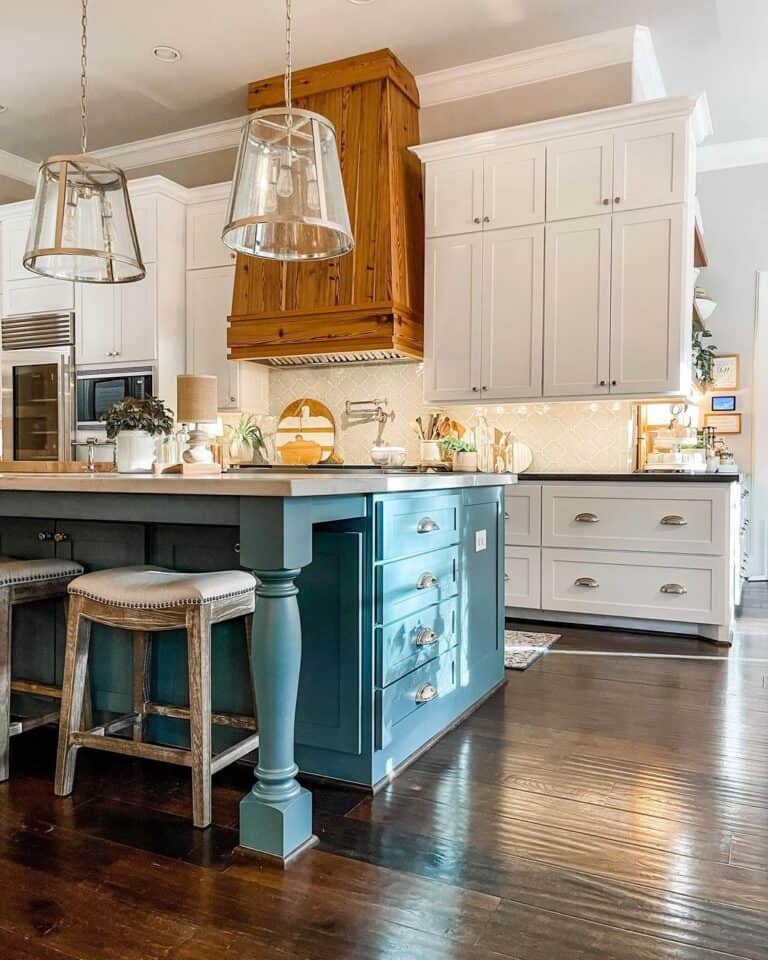Elegant Kitchen Island Legs: Boost Your Kitchen Design
Elegant Kitchen Island Legs: Boost Your Kitchen Design
Blog Article
Essential Tips for Picking the Perfect Table for Your Cooking Area
Selecting the ideal table for your kitchen area is greater than just an issue of preference; it requires a thorough understanding of your space and needs. Begin by gauging your readily available area to make sure adequate clearance for motion. The form of the table plays an essential duty; while rectangle-shaped tables match bigger areas, rounded ones foster affection, and extendable alternatives supply adaptability. Product selection is equally crucial, with hardwoods providing longevity and glass lending a contemporary touch. Finally, the table must harmonize with your kitchen's appearances and accommodate your family comfortably. What other aspects might affect this vital choice?
Measure Your Room
Picking the suitable table begins with a precise assessment of your available space. This fundamental step makes certain that the table not only fits conveniently within the space but additionally complements the overall design and capability of your eating location. Begin by measuring the dimensions of the space, thinking about entrances, home windows, and any existing furniture. This will certainly aid you figure out the optimum allowable size for your eating table.
It is crucial to leave adequate area for chairs to be pulled out and for people to move around the table without blockage. A basic rule of thumb is to allow at the very least 36 inches of clearance from the side of the table to the nearby wall or piece of furniture.
In addition, think of the number of people you usually delight and whether you require added room for guests. Going with an extendable table can provide versatility, allowing you to fit differing numbers of restaurants. By accurately determining your room, you prepared for picking a table that enhances both the looks and performance of your dining location.
Select the Right Forming

On the various other hand, round tables are outstanding for smaller sized kitchens or intimate celebrations, as they advertise discussion by allowing everybody to face each other. They additionally offer a sense of comfort and can fit well in tighter spaces as a result of their lack of sharp corners. Oblong tables use the very best of both globes, integrating the size of rectangle-shaped tables with the intimacy of rounded ones, making them flexible for numerous settings.
Square tables are one more alternative, particularly fit for square-shaped spaces. They create a balanced and modern-day appearance, fostering an equivalent dining experience for all seated. Nevertheless, they might be less practical for bigger gatherings unless they include extensions. Inevitably, the form you select should line up with your room dimensions and way of life to ensure both form and feature.
Product Factors To Consider
When picking an eating table, product factors to consider are vital in identifying the table's longevity, upkeep requirements, and general aesthetic. Timber is a timeless choice, providing ageless allure and toughness.
Glass-topped tables offer a modern-day, smooth appearance and can make a room show up larger due to their openness. However, they call for constant cleansing to stop spots and finger prints. Furthermore, toughened up glass is advised for its extra strength and security.

Last but not least, composite products like MDF (Medium-Density Fiber board) or plywood are affordable alternatives. These products can simulate the look of strong timber but might not provide the exact same long life. They are usually easier to tidy yet can be at risk to water damages otherwise effectively sealed.
Inevitably, the selection of product ought to line up with your cooking area's style, your way of living needs, and your budget plan constraints. (kitchen island legs)
Seats Capacity and Convenience
Exactly how do you identify the best seats capacity and comfort for your dining table? For a family of four, a rectangular table of 48 inches long or a round see page table with a 48-inch size is generally sufficient.
The elevation of the table must preferably be around 30 inches, offering a well balanced ergonomic position for seated diners. Chairs need to have a seat height of 18 to 20 inches to make certain a comfortable eating stance.
Design and Visual Appeal
Choosing a table that fits your design and visual appeal includes stabilizing personal preference with the existing design of your dining area. The eating table is often the centerpiece of the kitchen Going Here area, and its design needs to enhance the total style of the room. Whether your cooking area flaunts a modern, minimalist appearance or a rustic, farmhouse charm, the table you pick should integrate with these aspects to create a natural and welcoming ambience.
Take into consideration products thoroughly; timber uses a timeless appeal and can range from abundant mahogany for a standard look to lighter oak for a modern feeling. Metal and glass tables, on the other hand, can introduce a streamlined, industrial edge to your cooking area. Don't neglect the table's shape-- rectangle-shaped tables are functional and timeless, while round and oblong options can foster an extra intimate eating experience.
Furthermore, pay close interest to information and coatings. A troubled finish could include personality and warmth, whereas a glossy surface area can contribute to a tidy, modern-day aesthetic. Inevitably, your dining table should not only in shape seamlessly right into your kitchen's style but likewise mirror your personal design, elevating the area both functionally and aesthetically.
Conclusion
In conclusion, picking the ideal dining table for a cooking area demands mindful evaluation of space, form, product, seating capacity, and aesthetic consistency. Ultimately, an appropriate eating table fosters an inviting environment and accommodates the house easily, thus boosting the dining experience.

When picking a dining table, product considerations are extremely important in establishing the table's toughness, maintenance demands, and overall visual. For a household of 4, a rectangular table of 48 inches long or a round table with a 48-inch size is normally sufficient.
Do not neglect the table's form-- rectangle-shaped tables are traditional and flexible, while round and oval alternatives can promote this an extra intimate eating experience. kitchen island legs.
Report this page